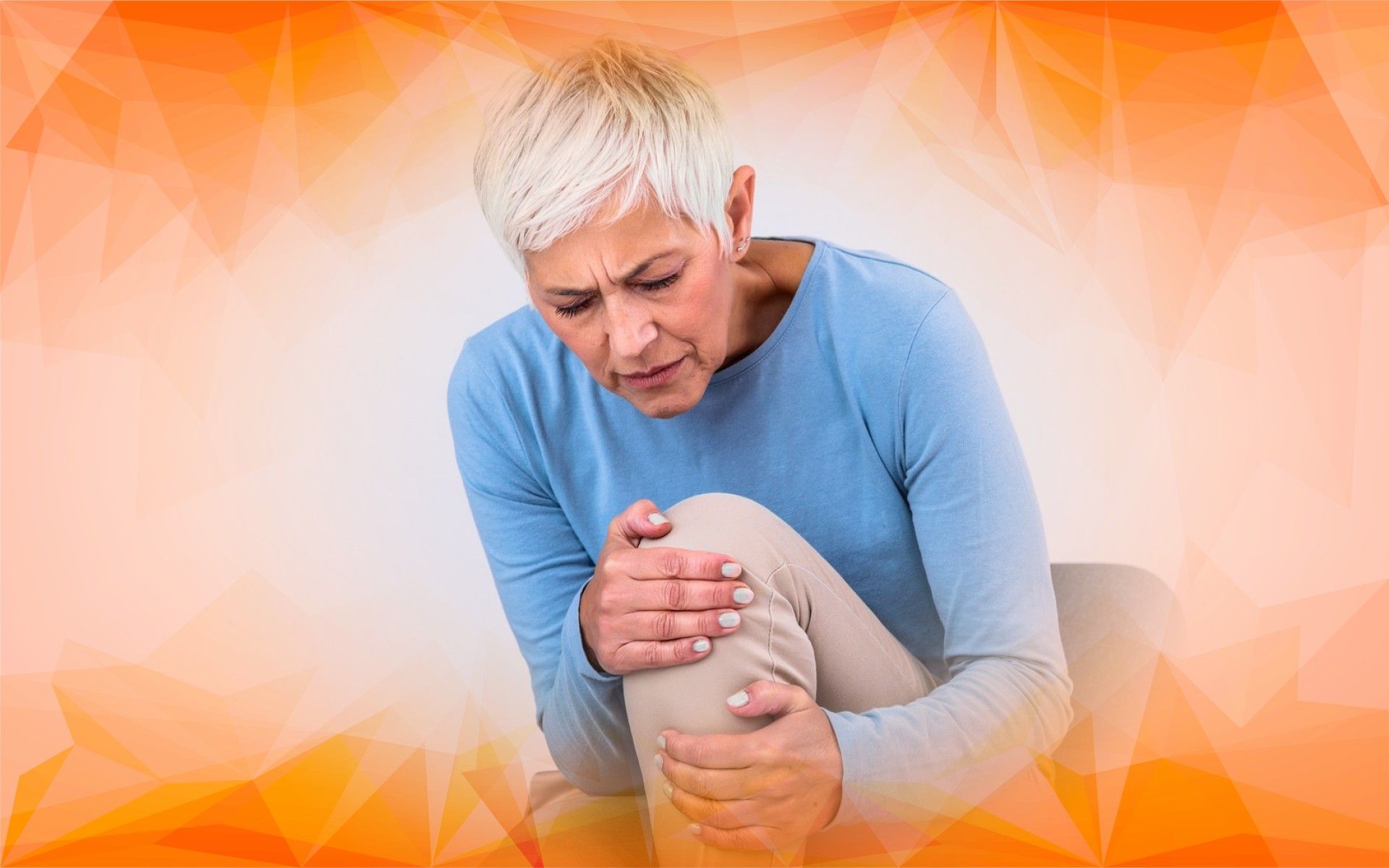Introduction: Why Clear Communication Matters in Healthcare
Clear and effective communication is vital in healthcare. Pronouncing medical terms correctly not only builds understanding between doctors and patients but also helps foster trust and supports better care. In this post, we’ll focus on how to properly say “ osteoarthritis ”—especially when it comes to the knee—and why communicating clearly is just as important as understanding the condition itself. By considering both language and medical aspects, we’ll see how clear speech can directly enhance patient care and treatment outcomes.
What Is Knee Osteoarthritis—and Why Pronunciation Matters
Knee osteoarthritis is a common joint disorder that happens when the cartilage—the smooth tissue that cushions bones in the knee —wears down over time. This leads to pain, stiffness, and trouble moving. While it most often affects older adults, younger people can also develop it.
The word “ osteoarthritis ” comes from Greek roots: “osteo” means bone, and “arthritis” means joint inflammation. So, at its core, the word describes inflammation in the joint’s bones—an accurate explanation of what’s happening in the knee .
Saying “osteoarthritis” clearly is important. When healthcare professionals use the term correctly and pronounce it properly, patients are more likely to understand their diagnosis and the road ahead. Even small mispronunciations can cause confusion , making it harder for everyone to be on the same page—especially during important conversations about treatment.
Common Pronunciation Challenges—and Why They Matter
“Osteoarthritis” can be a mouthful. Some say “os-tee-oh-arth-ritis,” while others might say “os-tee-o-ar-thri-tis,” and regional accents can make it even tougher for both patients and clinicians to understand each other.
These subtle differences may seem minor, but they have the power to affect patient understanding in real ways. If a patient doesn’t catch the word, they might become uncertain about their condition or be hesitant to ask questions. Clear, consistent pronunciation helps ensure everyone is working with the same information—leading to better health outcomes.
The Real Impact of Knee Osteoarthritis
Knee osteoarthritis is a global health concern, affecting millions and significantly impacting quality of life. Persistent pain and limited mobility make everyday activities—like climbing stairs or walking to the store—a real challenge.
Studies have shown that in some older populations, the prevalence of knee osteoarthritis can be as high as 75%. While risk factors like age and joint injury play a major role, things like diabetes or cardiovascular disease haven’t been strongly linked to knee osteoarthritis in recent research.
Fortunately, early diagnosis and treatment can help slow the progression and manage symptoms. Treatment may involve physical therapy to strengthen muscles, medications to ease pain and swelling, and lifestyle changes such as maintaining a healthy weight.
Good communication is key at every step. When medical professionals use clear language and take the time to explain terms and treatments, patients feel included and supported. This confidence leads to better adherence to treatment plans and improved outcomes.
Explaining Key Terms Simply
Here are a few common terms you might hear when discussing knee osteoarthritis —with simple explanations:
- Joint pain: Aching or soreness in the knee.
- Cartilage degeneration: The wearing away of the smooth tissue that cushions the knee bones.
- Inflammation: The body’s natural response to irritation or injury, leading to swelling and pain.
- Physical therapy: Exercises and treatments aimed at improving movement and reducing pain.
- Mobility impairment: Trouble moving the knee or walking normally.
Using straightforward language takes the mystery out of medical care, helping patients understand exactly what’s happening and how treatments can help.
A Real-Life Example: How Clear Pronunciation Helps
Think of Mrs. Johnson, a 65-year-old woman recently diagnosed with knee osteoarthritis. During her appointment, her doctor made sure to pronounce “osteoarthritis” clearly and took a moment to explain the term. This helped Mrs. Johnson fully grasp her condition and made her feel comfortable asking questions.
Because she understood the diagnosis , Mrs. Johnson was motivated to stick to her treatment plan, including physical therapy and changes to her daily activity. Over time, her pain lessened, and her knee function improved.
Mrs. Johnson’s experience shows just how much clear communication and careful word choice matter. When patients feel confident about what they’re hearing, they’re more likely to follow advice and see real benefits.
Conclusion: Clear Words Lead to Better Care
In the end, correctly pronouncing “ osteoarthritis ” is about much more than getting a word right—it’s a reflection of caring, patient-centered communication. Speaking clearly and using simple explanations builds trust, encourages patients to follow their treatment plans, and leads to better health outcomes.
Healthcare providers and educators should make clear speech and straightforward explanations a top priority. This not only helps people living with knee osteoarthritis better understand their care, but also empowers them to live healthier, more active lives.
References
Bukhsh, A., Al Zahrani, R., Alqahtani, S., Alsanea, A., Alanazi, M., Atti, A., Alwagdani, H., Alghamdi, H., Alotaibi, S., Al-Mutairi, N., & Alshammar, B. (2022). Etiology and Clinical Management of Temporomandibular Disorders. Journal of Healthcare Sciences, 2(11), 422-428. https://doi.org/10.52533/johs.2022.21114
Kuusalo, L., Felson, D. T., Wang, N., Lewis, C. E., Torner, J. C., Nevitt, M. C., & Neogi, T. (2021). Metabolic osteoarthritis – relation of diabetes and cardiovascular disease with knee osteoarthritis. Osteoarthritis and Cartilage, 29(2), 230-234. https://doi.org/10.1016/j.joca.2020.09.010
Magnusson, K., Kumm, J., Turkiewicz, A., & Englund, M. (2018). Early knee osteoarthritis or healthy ageing? Osteoarthritis and Cartilage, 26, S222–S223. https://doi.org/10.1016/j.joca.2018.02.468




